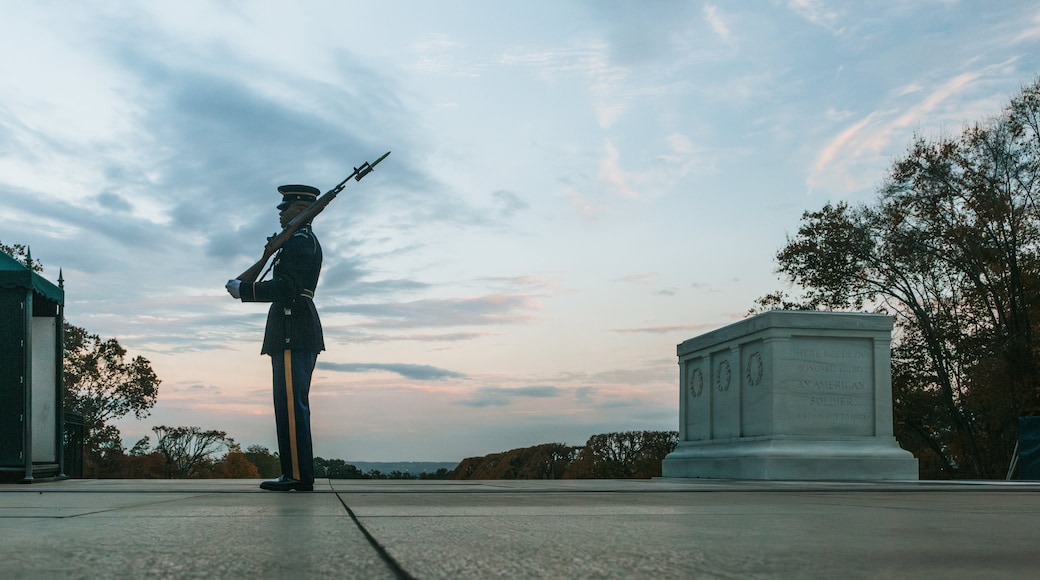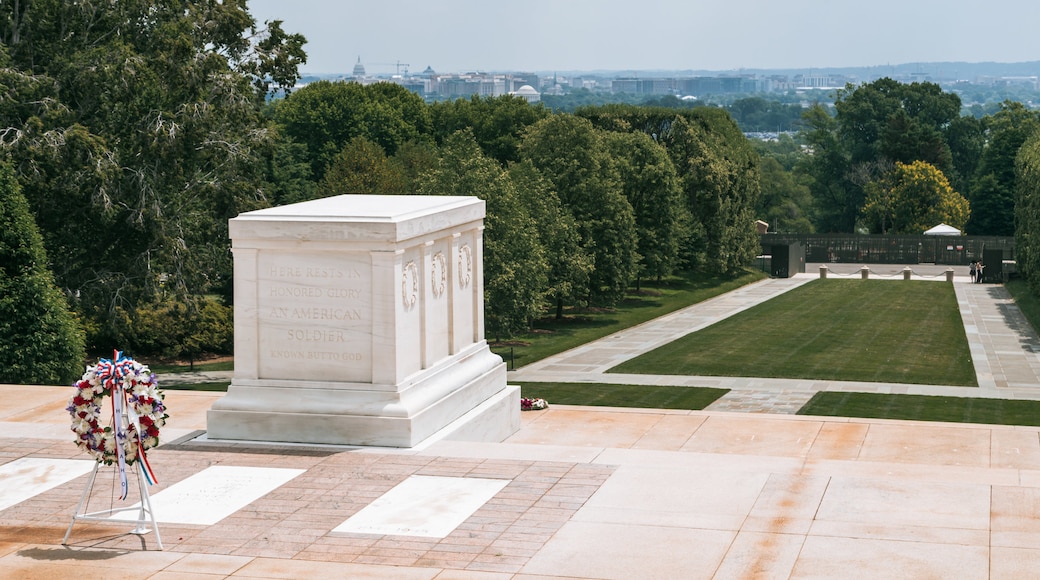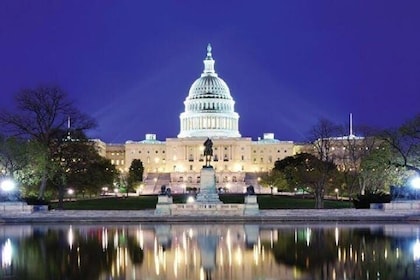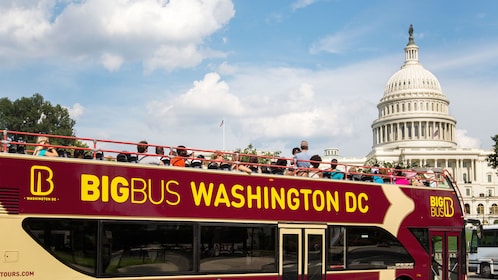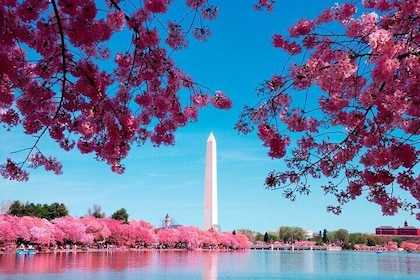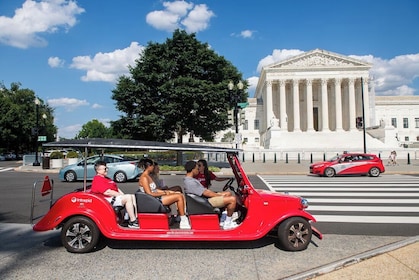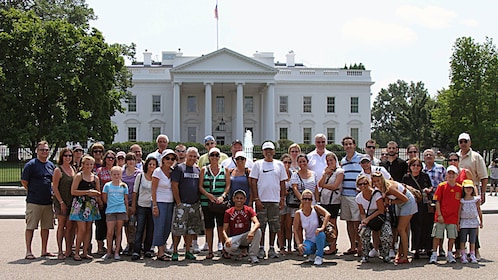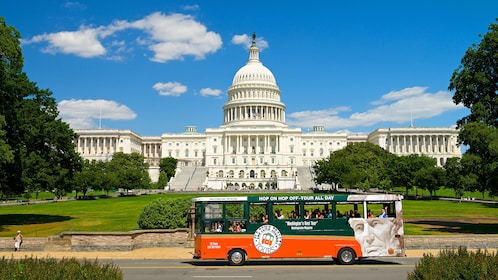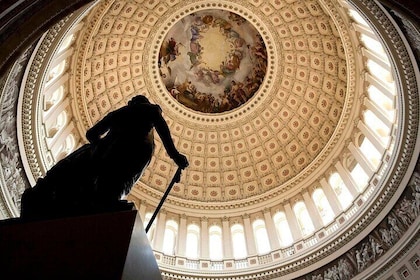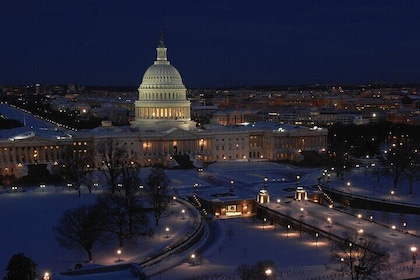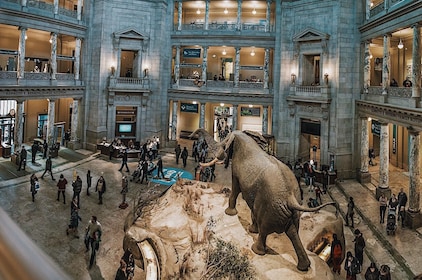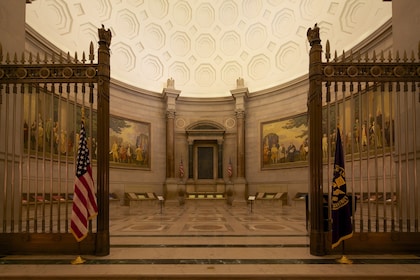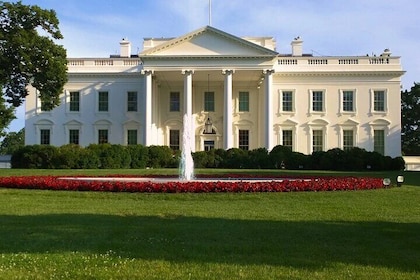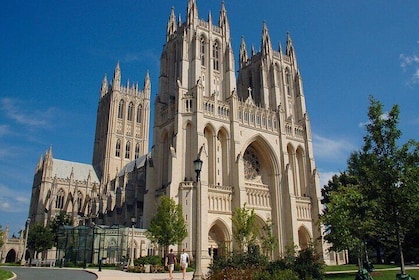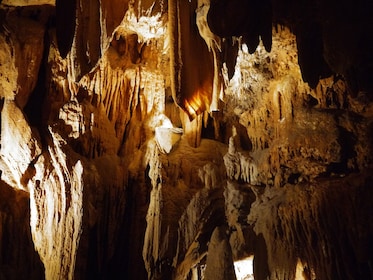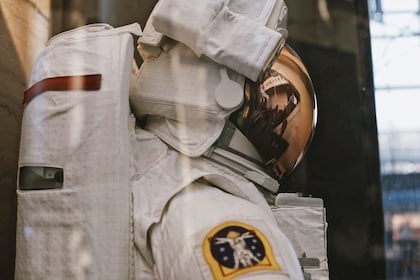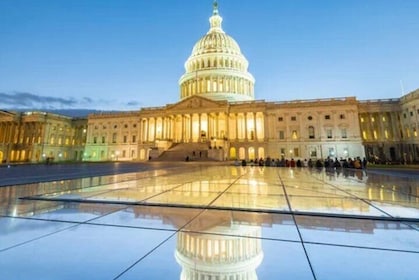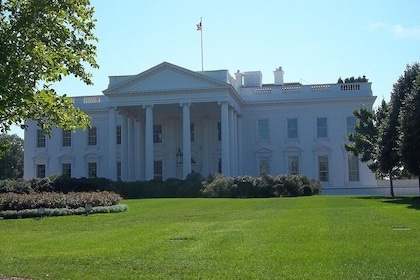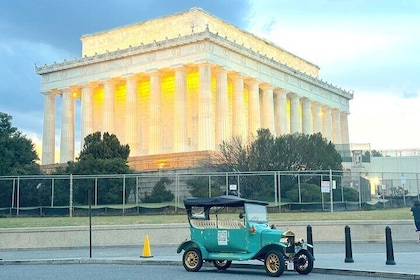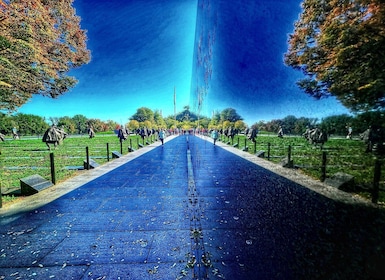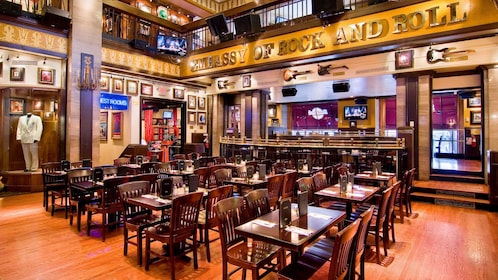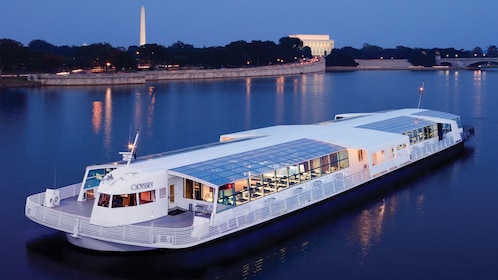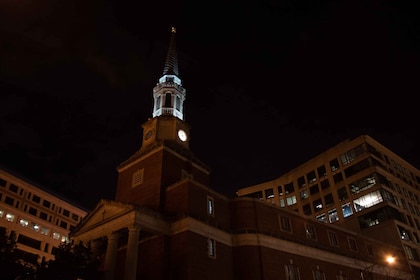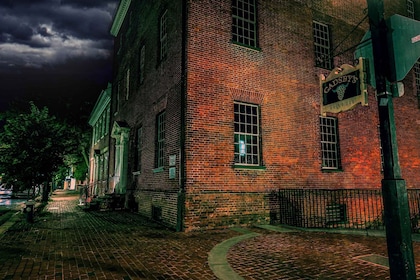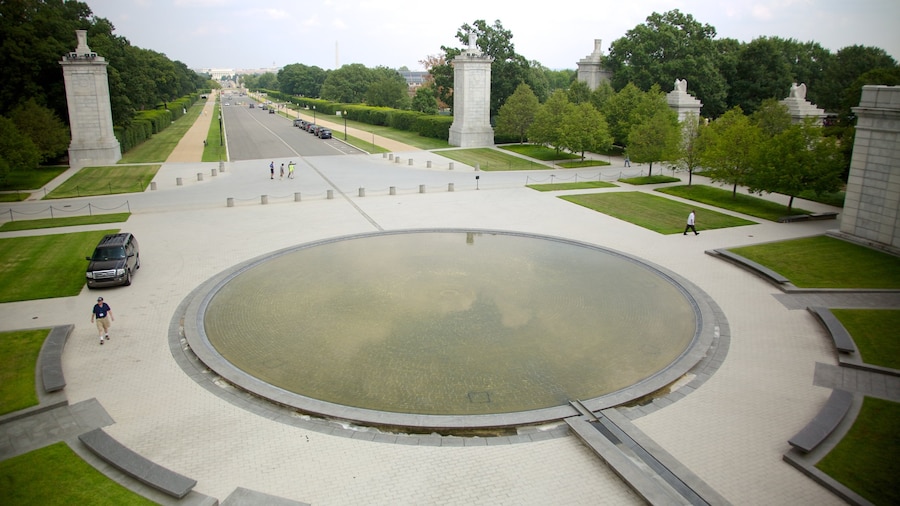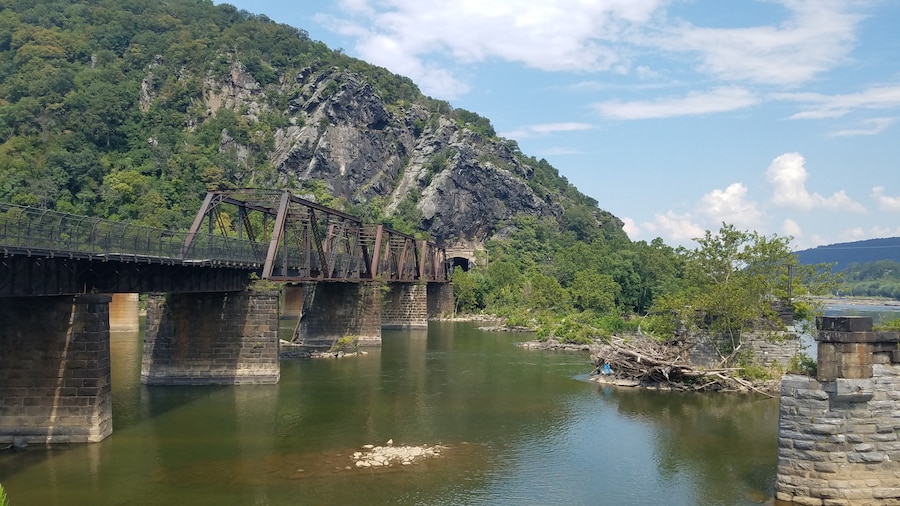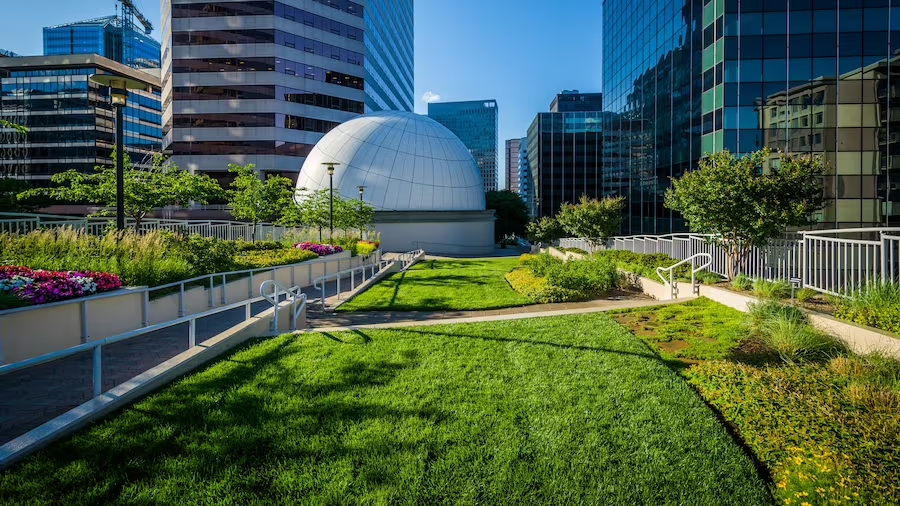Tomb of the Unknown Soldier, also called Tomb of the Unknowns, is the permanent resting place of a soldier who died in World War I. The soldier perished in France defending freedom of the modern world and was finally laid to rest on Armistice Day, 1921. Picture the grave at that time being much less a feature than it is today.
The U.S. Congress introduced an act that established a service-to-country memorial at the site and invited U.S. architects to submit plans. From 74 designs, the combined work of New Yorkers Thomas Hudson Jones, a sculptor, and Lorimer Rich, an architect, was chosen. Admire the simple lines of the sarcophagus measuring 11 feet (3.4 meters) high, 8 feet (2.4 meters) wide and almost 14 feet (4.3 meters) long. It was constructed in 1931.
The tomb is comprised of only four pieces of white marble: the top, sides and two base portions. Notice that this is the same marble used for the Lincoln Memorial monument.
Nearby are burial places for other unknown soldiers from World War II, the Korean War and the Vietnam War. In 1998, through DNA testing, the Vietnam Unknown was identified and the remains exhumed, leaving the grave empty.
Find the Tomb of the Unknown Soldier in the amphitheater of Arlington National Cemetery. The site is guarded around the clock with the purpose of maintaining peace and dignity for the Unknowns. Over 400,000 military personnel and their families are buried at Arlington, dating back to the Civil War. The cemetery is located in Virginia across the Potomac River from Washington, D.C.
To reach Arlington National Cemetery, drive from the Lincoln Memorial across Arlington Memorial Bridge. Parking is available at the entrance, with vehicles prohibited from entering the cemetery. Walking tours are available. A specialized bus tour offers free ridership for those with disabilities. The 624-acre (252-hectare) cemetery with the Tomb of the Unknown Soldier is open during the daytime year round. Admission is free.

